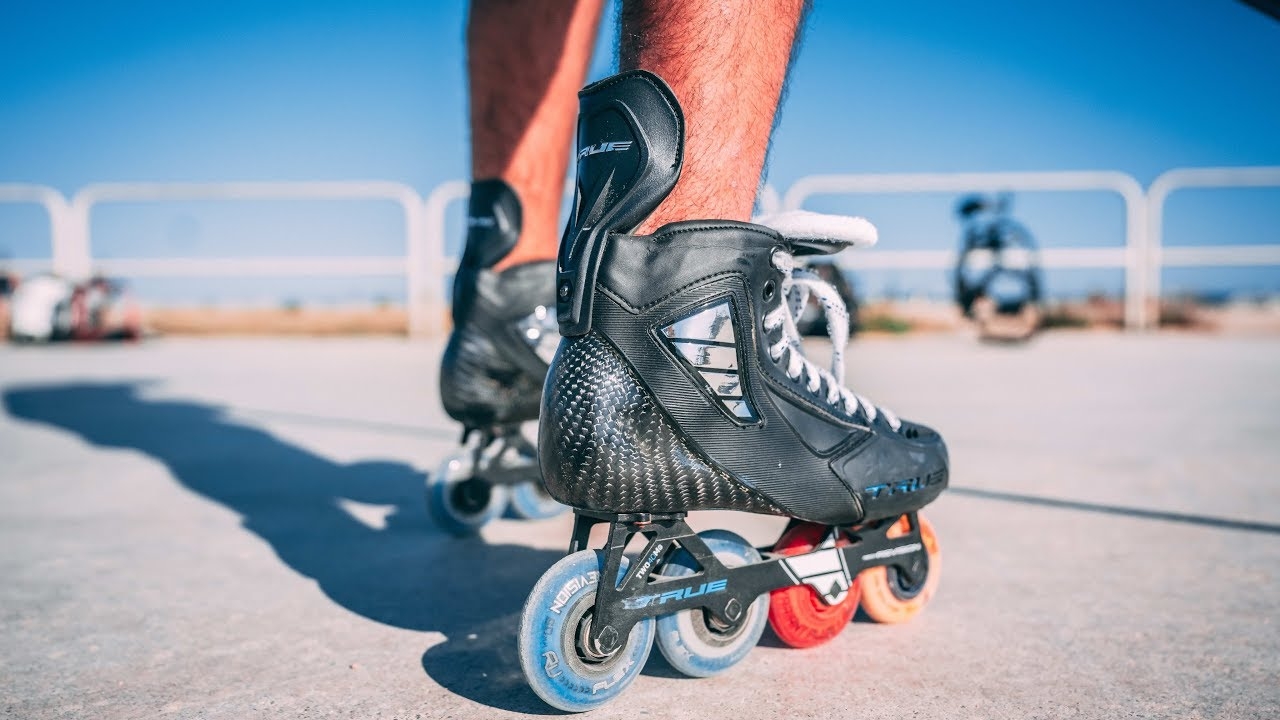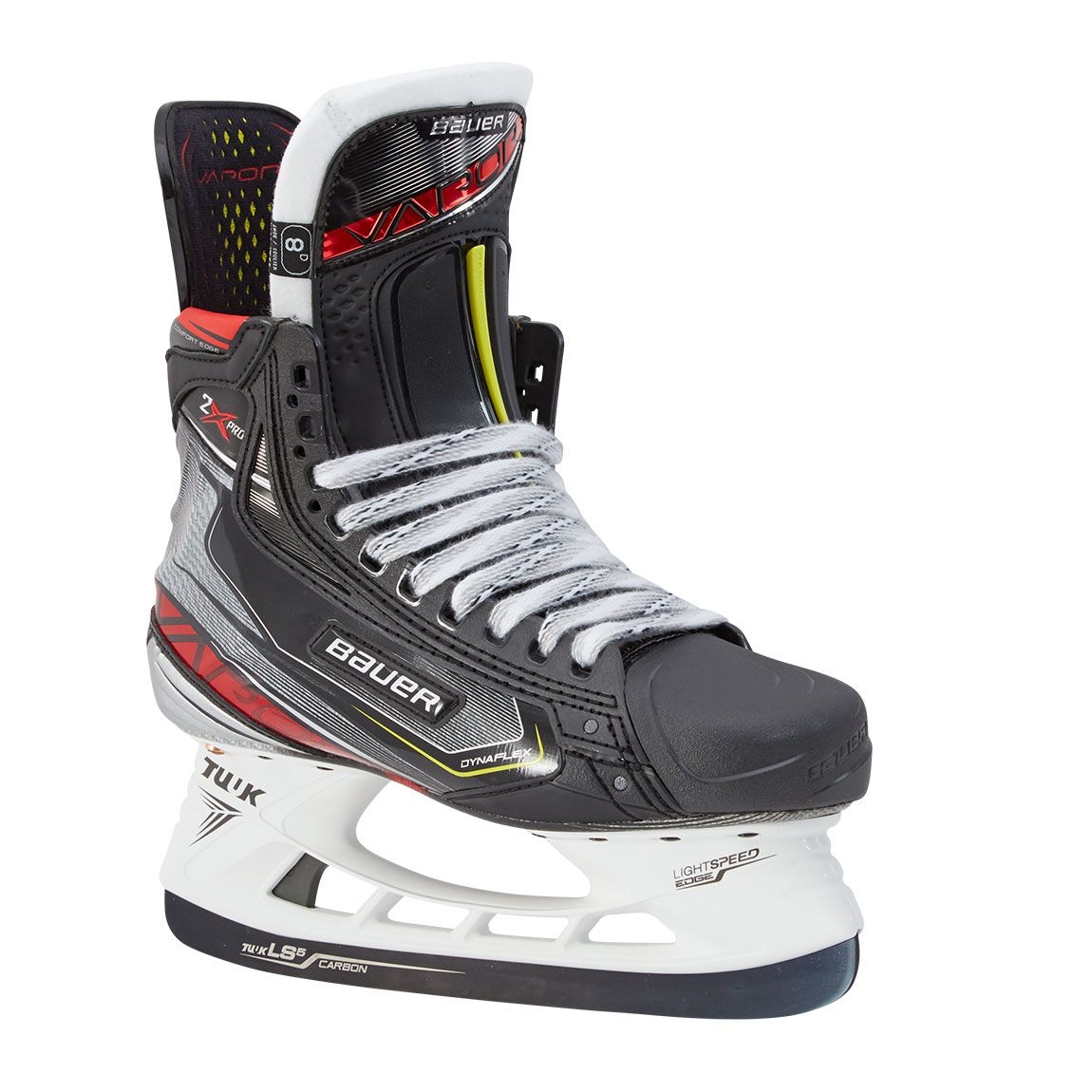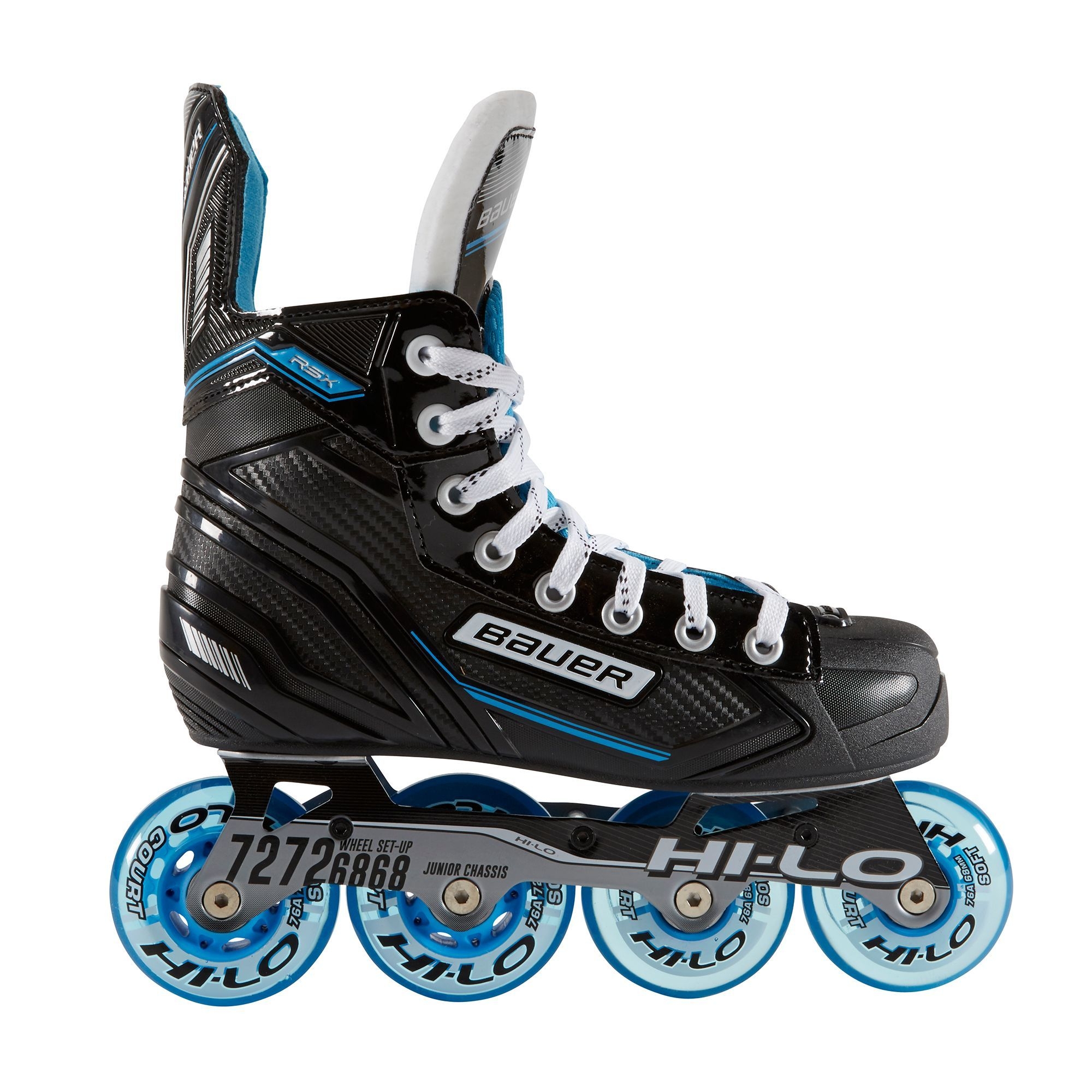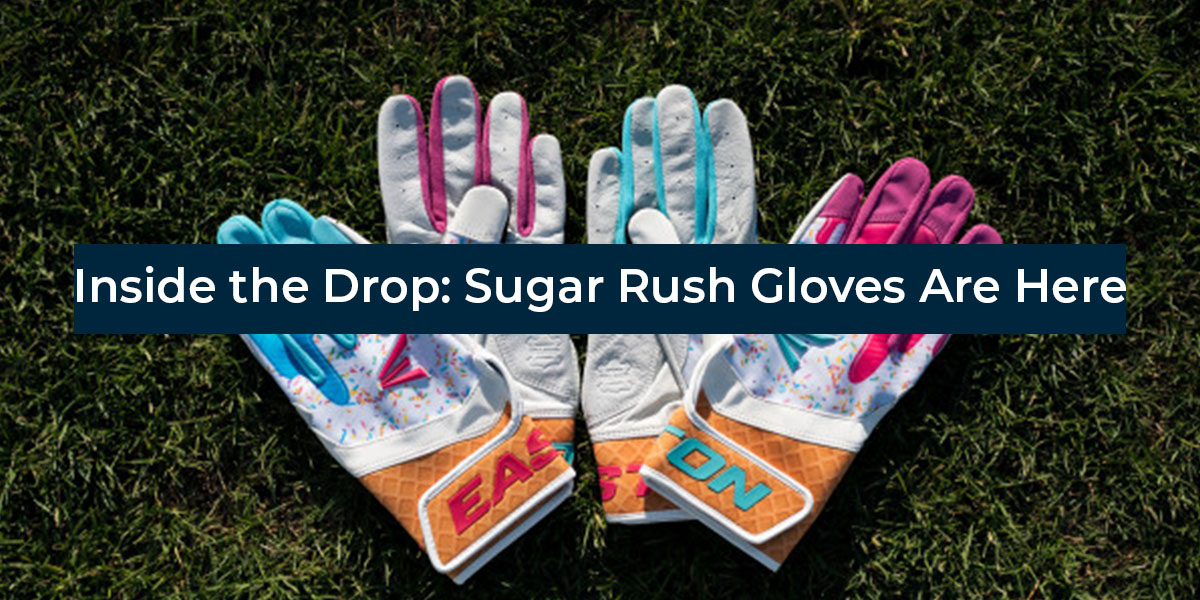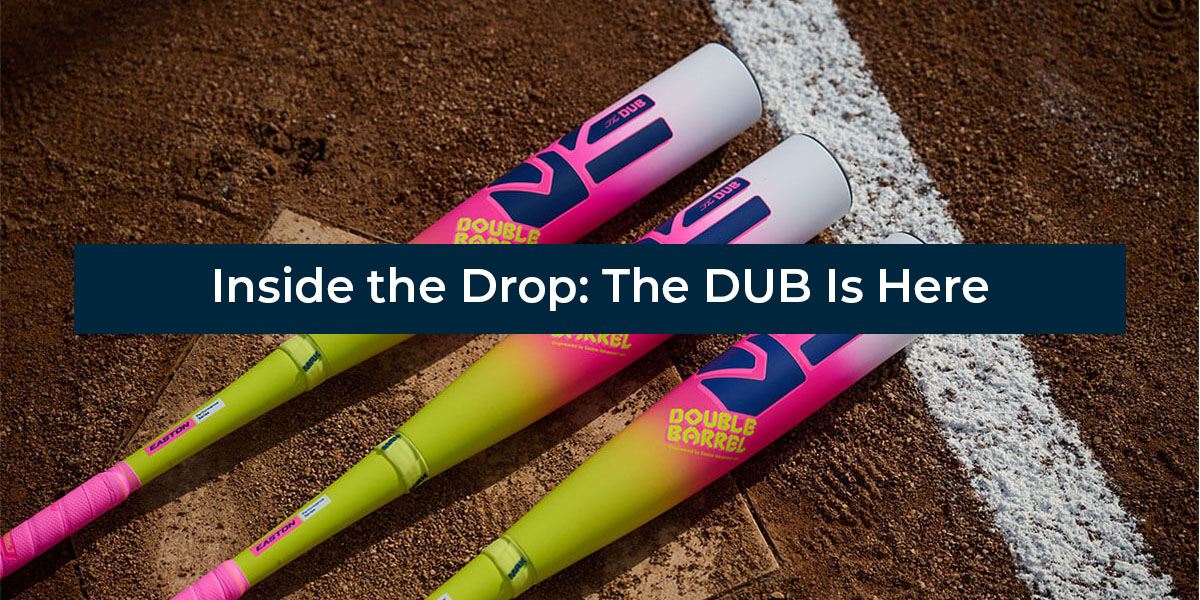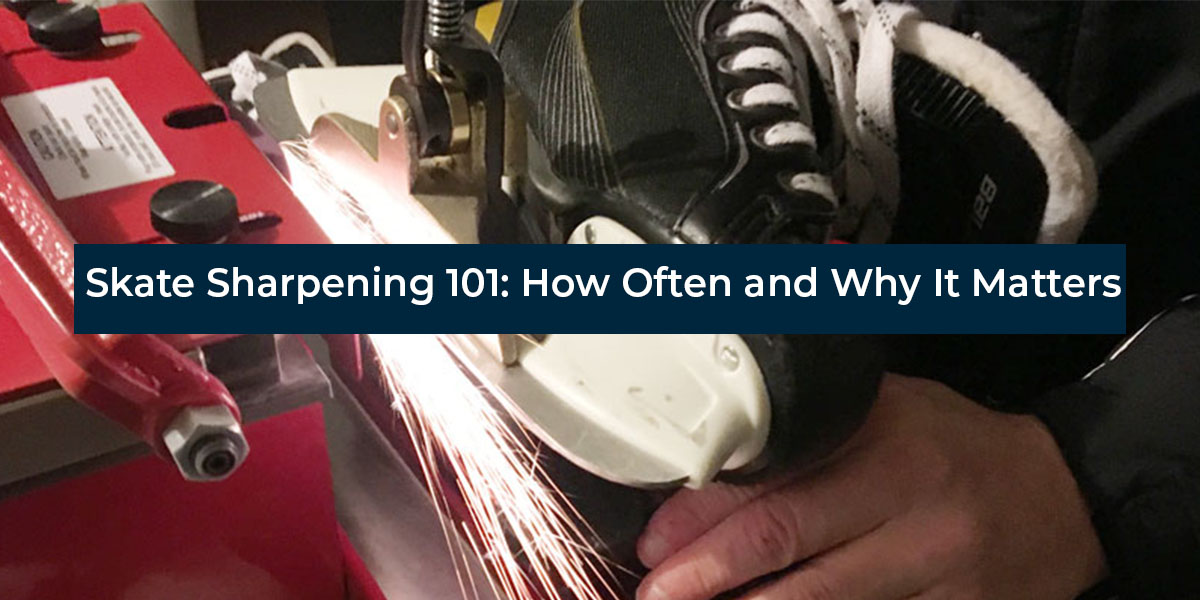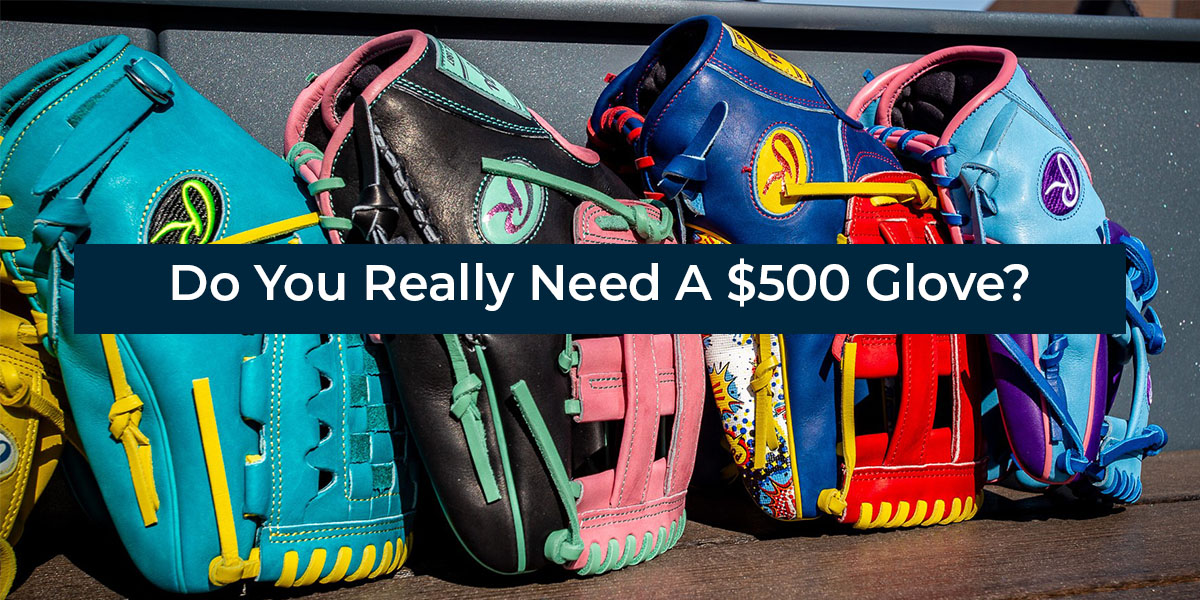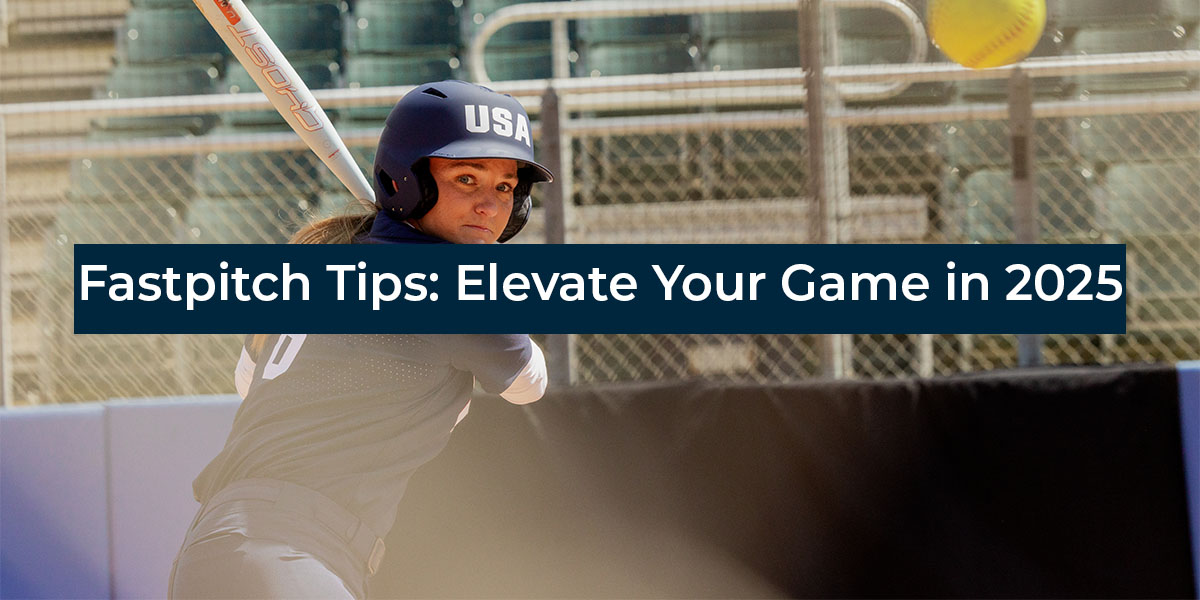Inline Skating vs Ice Skating
- By SportsZone Canada
- Apr 22, 2020
DOES INLINE SKATING HELP WITH HOCKEY ?
Yes. There are differences but they are very similar. If you practice with skates off-ice, your on-ice skating will likely improve. The skills aren't 100% transferable but you're using most of the same muscles, improving your balance, and will likely improve shooting ability if you practice shooting in inlines.
Ice Skating vs Inline Hockey Skating
When it comes to the history of both these sports, ice skating dates thousand years back while rollerblading, which is only a few hundred years old, evolved from ice-skating. While there are many similarities between the two, they also have differences as well like the skating surface and how you stride .
If you look at the ice skates, they have a blade like bottom which slides on the ice whereas, in rollerblades, there is a line of wheels. Both look very similar though! Inline skates don’t slide like Hockey skates do make turning and stopping different.
Here are some more differences between the two different types of skates:
Stopping
The way you stop is probably the main difference between ice skating and inline skating. In inline hockey skates , you need to transition your weight too the back quickly and make sharp turns or you can also drag your back foot.
In ice skating, you have to maintain your weight more towards the middle of the blades. This way, you can use that particular section of blades to shave the ice nicely and finally stop. It is not easy as it may seem because shifting your weight too much on either side will throw you out of balance and you’ll have a hard fall.
Balancing
As mentioned above, inline skates have wider wheelbase which offers a good balance and helps you to learn rollerblading easily. Also, rollerblades have multiple locking systems which secure your feet in place and helps build the confidence to skate.
Whereas in ice skating, there is a thin blade underneath your boot and balancing is quite tough. It takes quite a while to master it and to stop is even harder.
What can I do to practice?
There are a number of drills which can be used on the ice which transition very well to the rollers. The reason for this is that there are certain strides which is found to be almost exactly the same whether you are on the ice or inlines. For example, turning maneuvers and some transition moves are almost identical. Again, however, the key to making inline skates work for the ice hockey player is to try to create new habits, or what is referred to as making “perfect practice.” So proper techniques are vital!
The following drill can be used in both arenas and the pavement:
Two-foot crossunders
This drill is designed to keep the feet low while turning and to build up the strength in your inside, crossing-under leg so that it can tug harder to allow you to accelerate better in your turns. Be sure and perform this exercise both forward and backward and in both directions while going in a circle. The techniques:
• Bend the knees so they are 2” over the toes of your skates.
• Keep both skates touching the ground or ice at all times.
• Make a half-moon cut (C-cut) with the outside foot, maintaining it on an inside edge.
• The inside foot should cross under forming a letter “y” but again never leaving the surface (this leg is actually performing a half-moon cut on an outside edge.
• Put 100% body weight over each push.
• Don’t get frustrated. This is a difficult exercise in the beginning. Keep trying it and it will begin to sink in.
Not always a two-way street
One of the major problems I see involves body weight and getting it adjusted to new skate. The reason for this is that you have a much more solid grip when digging an edge into the ice than you do when trying to dig in on an edge on inlines. Therefore it is natural for you to feel awkward when it comes to how long to keep your weight over a push. Do not worry, because everyone feels this slight instability when leaving the inline for the ice. This will be corrected the more often you get on the ice.
